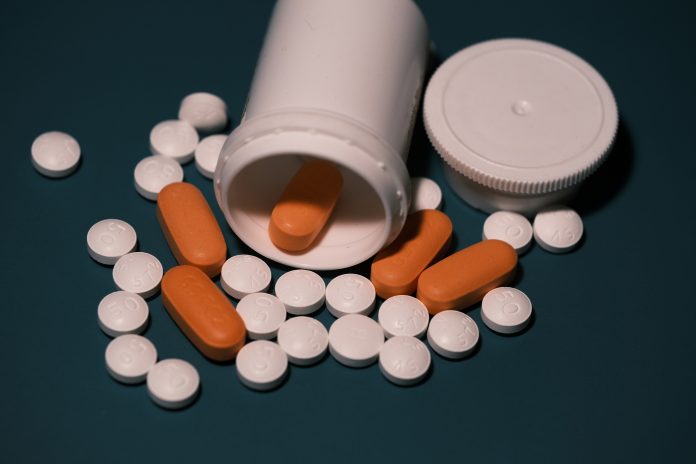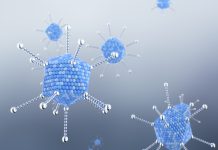The World Health Organisation (WHO) have new treatment guidelines for cryptococcal meningitis in people living with HIV – a single high dose of liposomal amphotericin B
At the end of 2020, there were an estimated 37.7 million people living with HIV. Over two thirds of this number are in the WHO African Region, where only 54% of children were receiving antiretroviral therapy (ART) for their HIV.
There are promising developments in some trials for a HIV vaccine, with Pfizer launching clinical trials in 2023 and ongoing, Oxford-based trials in the UK. In March, 2022, the first woman in the world was cured of HIV by stem cell transplant.
The woman, of mixed-race ancestry from New York in the US, developed high-risk acute myeloid leukemia, four years after a HIV diagnosis. She stopped antiretroviral therapy (ART) at 37 months post-transplant. After this point, she had no detected HIV for a total of 14 months.
However, significant health risks still exist for people living with HIV – especially when healthcare access is compromised.
What is cryptococcal meningitis?
The fungus, cryptococcus neoformans, exists across the world.
For the majority of people, they breathe it in and the fungus has no impact. But for people living with HIV or other weakened immune issues, like cirrhosis of the liver, the fungus can create a serious brain infection – cryptococcal meningitis.
It isn’t infectious, but it can be deadly.
People living with HIV need to be tested for the cryptococcal antigen. Patients who tests positive can take antifungal medication, to fight early stages of the infection.
How many people die from cryptococcal meningitis?
According to the Centers for Disease Control and Prevention (CDC), cryptococcal meningitis is responsible for an estimated 181,000 deaths per year.
These deaths are largely concentrated to resource-limited countries, especially among people living with HIV. While access to antiretroviral therapy has vastly protected the immune systems of some HIV patients, when people lack the ability to access healthcare, they face the devastating risk of dying from the disease.
Randomised controlled trial done in Botswana, Malawi, South Africa, Uganda and Zimbabwe
The WHO recommendation comes from the outcome of a multicentre, randomised trial conducted in Botswana, Malawi, South Africa, Uganda and Zimbabwe.
The original guideline had slightly more risk of toxicity and more monitoring requirements, which could create barriers to proper care for those living with HIV. The simplified regimen is a single high dose of liposomal amphotericin B, paired with other standard medicines such as flucytosine and fluconazole.
Healthcare experts prefer new guidelines
Healthcare practitioners prefer this single high dose, because it took less time to prepare the medicine, and could even shorten a patient’s length of hospital stay.
“To see the maximum benefits of this optimized regimen, an international effort involving multiple stakeholders is urgently needed to ensure a reliable and sustainable access to liposomal amphotericin B and other antifungal agents,” said Dr Meg Doherty, Director of the Global HIV, Hepatitis and STIs Programmes.








